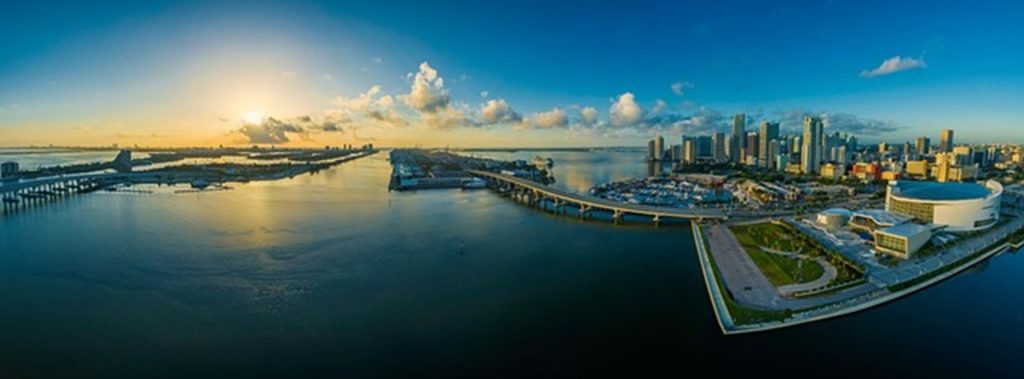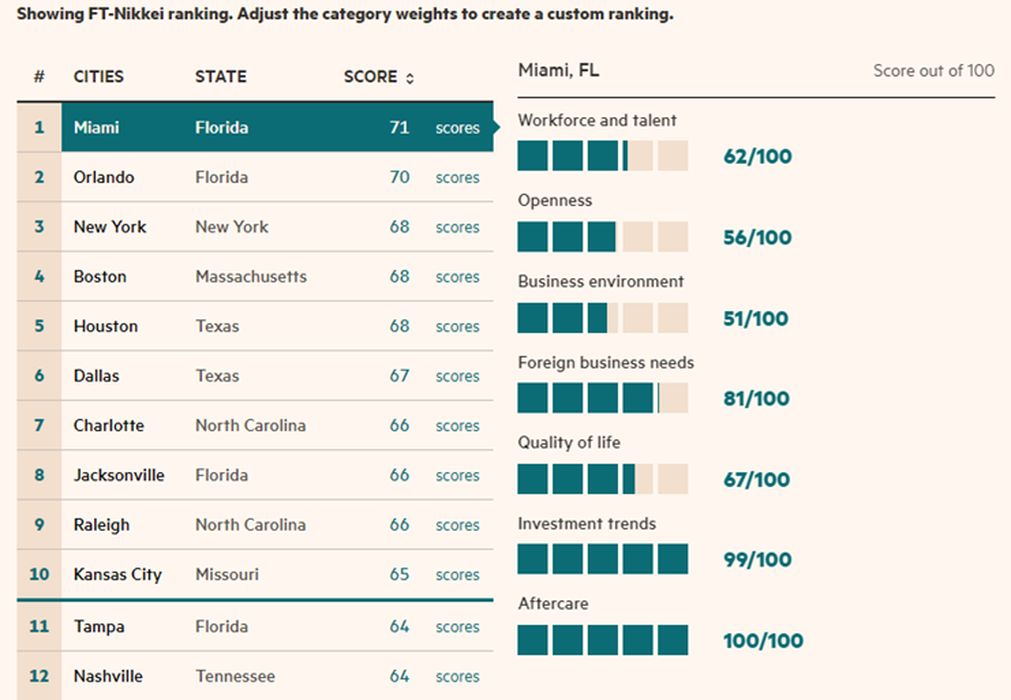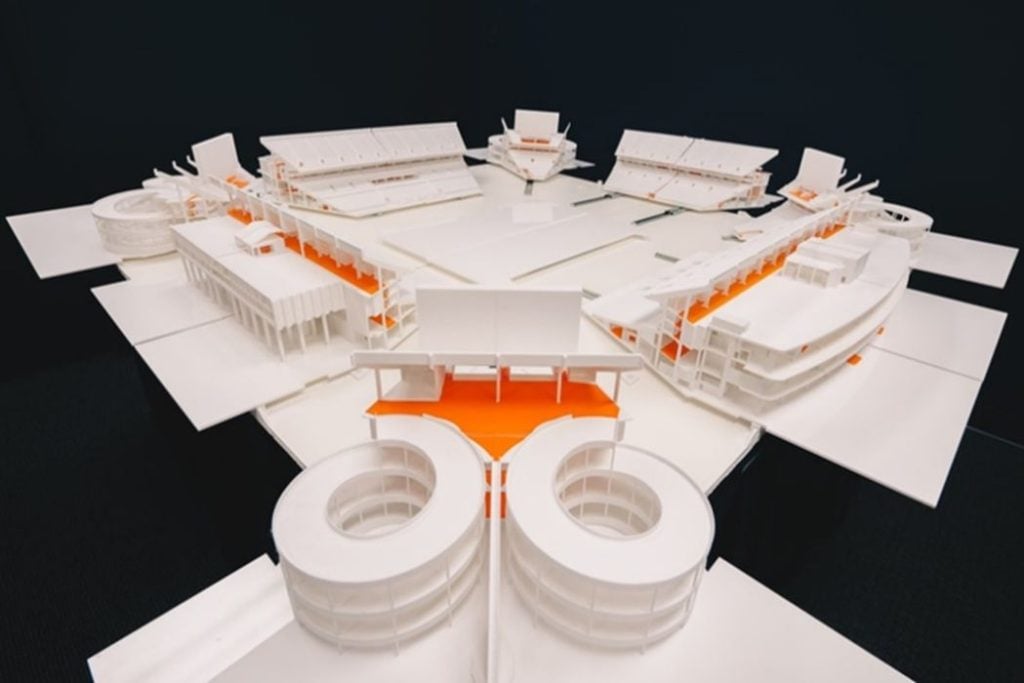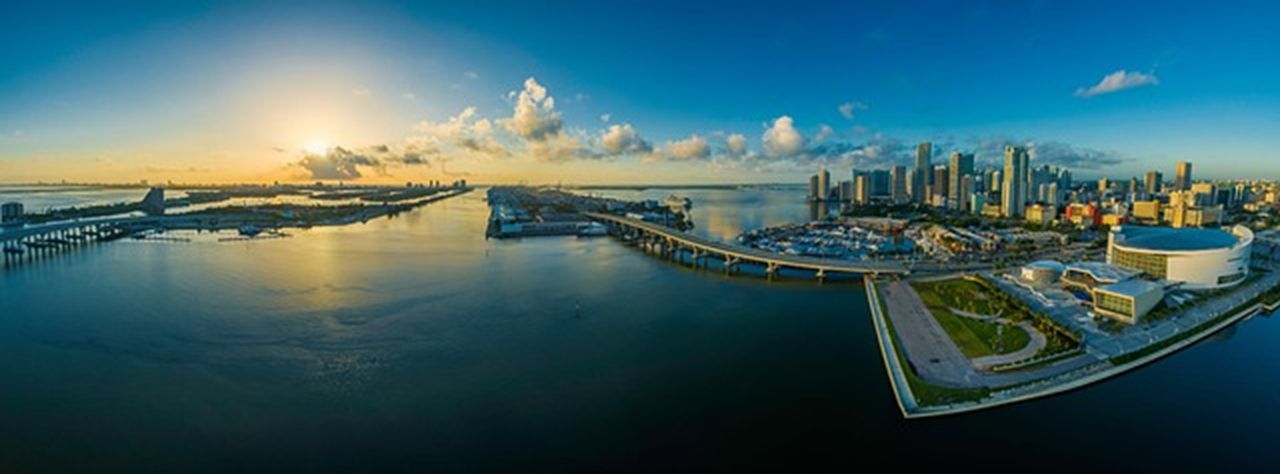
Charles R. Goulding and Valentina Alzate look at the state of 3D printing in Miami.
Miami-Dade County, located within the state of Florida, has shown tremendous growth within the past 12 years, growing from a population of 2,496,435 in 2010 to a population of 2,701,767 in 2020. This shows an overall population growth of 8.2%.
This growth could be attributed to the strong business-oriented policies of Miami mayor, Francis Suarez. Suarez believes that his low tax, low regulation policy model has been essential to the economic growth of the city. Regardless, Miami is a blossoming hub for cultural celebration, innovation, and economic investment.
The City of Miami is located within Miami-Dade County. It has grown to be the cultural and economic hub of the Miami-Dade area. According to the US Census Bureau, in 2021 the City of Miami held a population of 439,890. Of this population, 72.5% identify as Latino or Hispanic, 12.6% identify as two or more races, and 16% identify as Black or African American. In 2020. 58.1% of the population was foreign-born. Overall, the demographic landscape of Miami is incredibly diverse. Age wise, approximately 17.2% of the population in the City of Miami are under 18, and in 2020, the median age was 40.1.

These demographics make Miami an ideal landscape not only for domestic investments, but also for foreign investment. According to the FT-Nikkei ranking, Miami is the best city in the US for foreign investment. The study considered approximately 36 metrics to calculate the rankings.
Some of the most important measures considered were workforce and talent, openness, business environment, foreign business needs, quality of life, investment trends, and aftercare. The workforce and talent metric is a consideration of the age demographics of the population as well as the availability of skilled talent.
Openness considers the overall attitude towards foreign talent. The business environment and foreign business needs metrics consider the cost of owning a business in the city, and the accommodations required to perform foreign business. Investment trends looks at the amount of direct investment secured, and aftercare considers the support provided by a city to foreign businesses given an investment.
This is important to note given that immigrant-owned businesses and diverse cultural mindsets lead to high rates of innovation. According to Brown, et al. immigrant-owned firms “exhibit higher propensities to engage in innovation and R&D than either native-owned firm age categories across most specifications.”
While this does not necessarily negate the impact of domestic businesses in technology and process innovations, it does highlight the importance of foreign investments and diversification of workforces.
The investment of firms like Blackstone, Icahn Enterprises and Goldman Sachs in Miami business has helped build a “multinational base of banking, …, technology, … and aerospace disruptors and innovators” which reside in the city. Tech companies like Spotify, Gopuff, TransUnion and many others, all have a presence in Miami. Other companies, such as REEF Technology and MoonPay are headquartered in Miami. This only displays a small slice of the immense technological innovation and investment found in Miami.
The 3D printing industry is not an exception. Apis Cor, an American company known for constructing the largest 3D printed building in the world, has teamed up with SMASH, “a community land trust for housing justice”, to work on 3D printing affordable housing within Miami-Dade county.

The SOA Innovation Lab, found in FIU’s School of Architecture Miami Beach Urban Studios, also houses advanced 3D printing technology to aid research in art, design, science and technology. This lab has helped Miami entrepreneurs, such as David Barouche, receive patents through rapid prototyping and 3D printing. The Lab also began working with the Miami Lighthouse for the Blind and the Visually Impaired to 3D print a Tactile Neighborhood Model whose purpose is to improve “orientation and mobility” for the visually impaired.
In 2020, FIU students utilized their 3D printing and modeling expertise to aid security efforts. The group designed a “highly detailed 3D-printed model of Hard Rock Stadium”, the location for Super Bowl LIV. The model was an intricate representation of the “bleachers, hallways, exits, rooms, and even support beams to-scale” which could be cross sectioned for in depth analysis. This model was leveraged by Miami-Dade police to study the stadium space and train to secure the super bowl location.
The University of Miami is home to the Johnson & Johnson 3D Printing Center of Excellence Collaborative Laboratory. Here students and faculty have access to advanced additive manufacturing equipment which opens the door for joint research and innovation in 3D printing. The availability of these resources gives the 3D printing industry a landscape of students and professionals that are highly trained and interested in 3D printing.
The Research & Development Tax Credit
The now permanent Research and Development (R&D) Tax Credit is available for companies developing new or improved products, processes and/or software.
3D printing can help boost a company’s R&D Tax Credits. Wages for technical employees creating, testing and revising 3D printed prototypes can be included as a percentage of eligible time spent for the R&D Tax Credit. Similarly, when used as a method of improving a process, time spent integrating 3D printing hardware and software counts as an eligible activity. Lastly, when used for modeling and preproduction, the costs of filaments consumed during the development process may also be recovered.
Whether it is used for creating and testing prototypes or for final production, 3D printing is a great indicator that R&D Credit eligible activities are taking place. Companies implementing this technology at any point should consider taking advantage of R&D Tax Credits.

